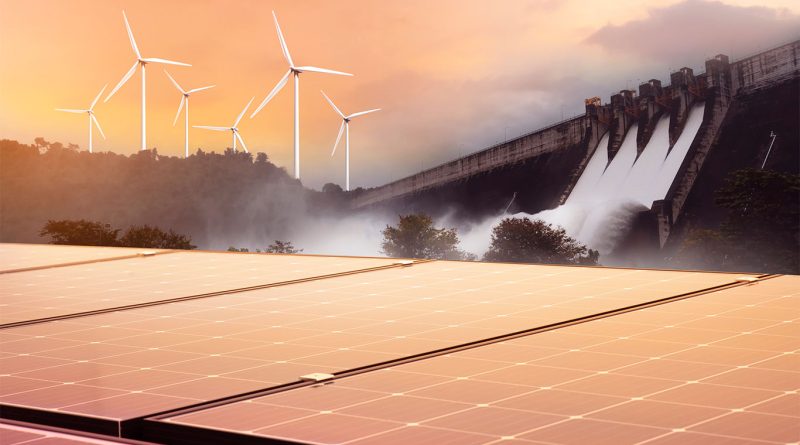US Slashes Planned Drilling to Push Offshore Wind
In a pivotal move signaling a major shift in energy policy, the United States has taken a decisive step towards a greener future by significantly reducing oil and gas leases in favor of advancing offshore wind energy development. This strategic decision is deeply rooted in the objectives set out by the US Inflation Reduction Act (IRA). A critical stipulation of the IRA dictates that the Bureau of Ocean Energy Management (BOEM) can only issue offshore wind development leases after offering at least 60 million acres for oil and gas leasing on the Outer Continental Shelf in the preceding year. This policy not only marks a significant departure from traditional energy sources but also sets a clear and progressive trajectory for America’s energy future.
Offshore Wind Development and Economic Impact
The offshore wind sector in the U.S. is poised to become an economic juggernaut. According to a report by the American Clean Power Association (ACP), the country is on track to deploy an impressive 51,377 MW of offshore wind capacity across 32 leases, which is enough to power more than 20 million homes. This rapid expansion is anticipated to generate around 83,000 jobs by 2030 and contribute up to $25 billion per year in economic output. However, this path to growth is not without its challenges. The sector faces rising costs due to supply chain disruptions, commodity price increases, and macroeconomic inflationary pressures. Steel prices, a significant portion of project material costs, have been particularly challenging. Additionally, lengthy and unclear permitting and regulatory timelines further complicate these issues. Addressing these challenges effectively is essential to ensure the long-term economic viability of offshore wind projects.
Technological Advancements and Grid Integration
At the forefront of this energy revolution is technological innovation. The integration of High Voltage Direct Current (HVDC) technology into offshore wind farms is a crucial development. HVDC systems offer an efficient solution for long-distance electricity transmission with minimal environmental and visual impact, addressing the challenge of integrating exponentially growing renewable energy resources into the grid. The sector, however, faces significant challenges in integrating this burgeoning offshore power into the existing grid. Issues include limited interconnection points and the need to traverse environmentally sensitive or urban areas for cable corridors and landing points. To overcome these integration challenges, solutions such as coordinated planning and multi-purpose infrastructure are increasingly being adopted, drawing lessons from European counterparts.
Future Prospects and Policy Support
The U.S. Department of Energy (DOE) has developed a comprehensive strategy to nurture and advance offshore wind energy, aligning with the ambitious clean energy targets set by the Biden-Harris Administration. The strategy is built on four pillars: Near-Term Offshore Wind (NOW), Floating Offshore Wind Accelerated Research and Development (FORWARD), CONNECT, and TRANSFORM. These initiatives are designed to reduce costs, support the development of a robust domestic offshore wind supply chain, and promote equitable and sustainable development. The proactive role of states in driving U.S. offshore wind procurement is also significant, with regions like New York and New Jersey setting ambitious procurement targets. This collective effort places the U.S. on a promising path towards achieving its clean energy objectives.
